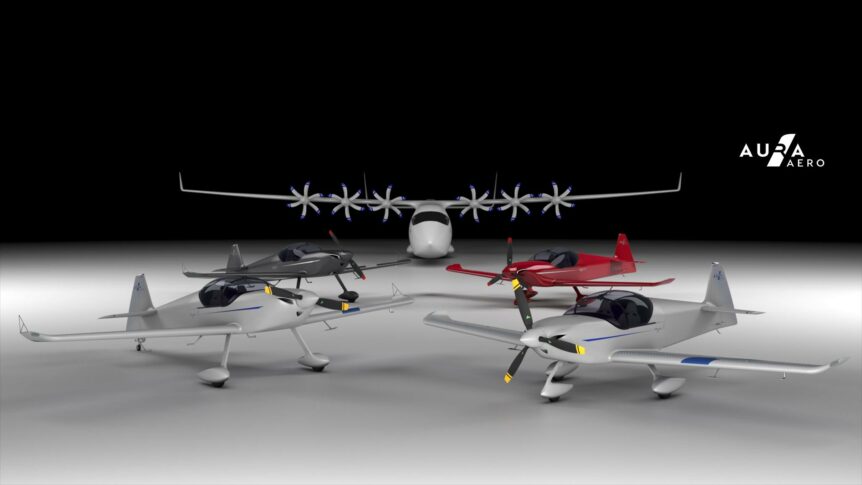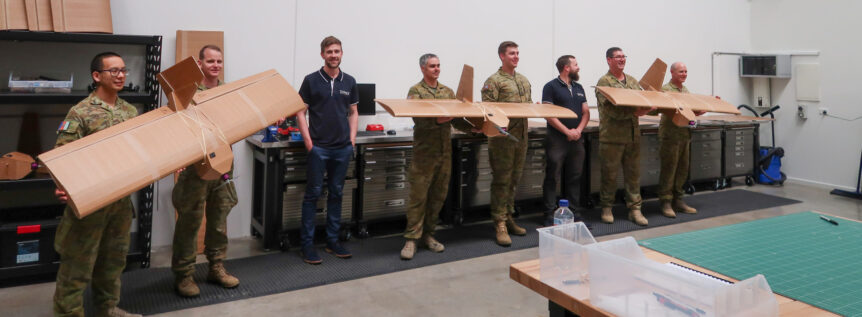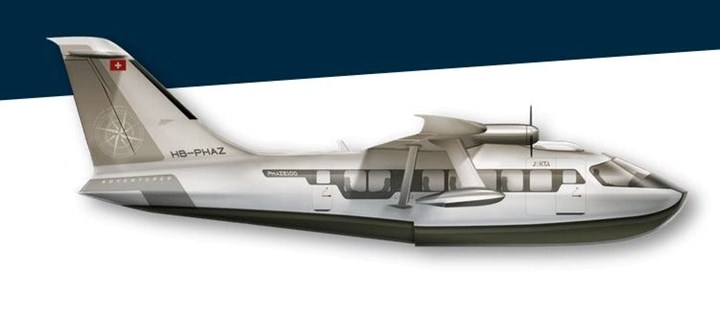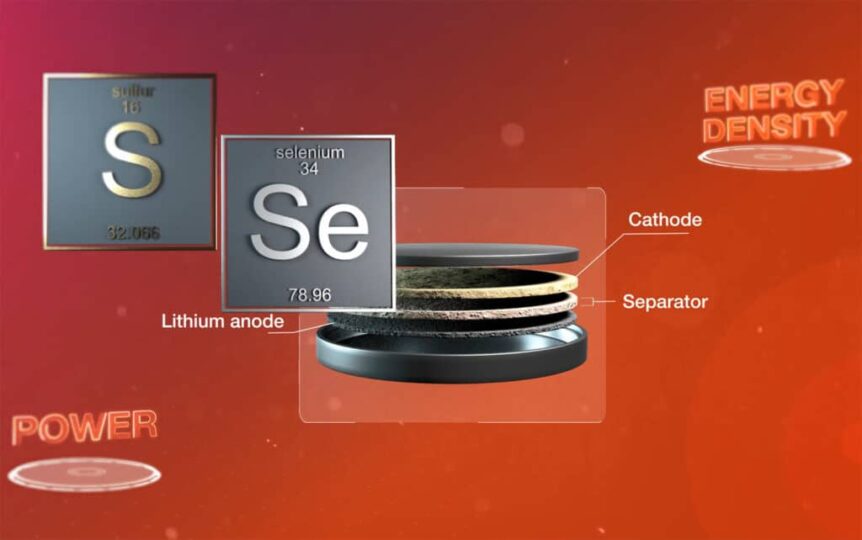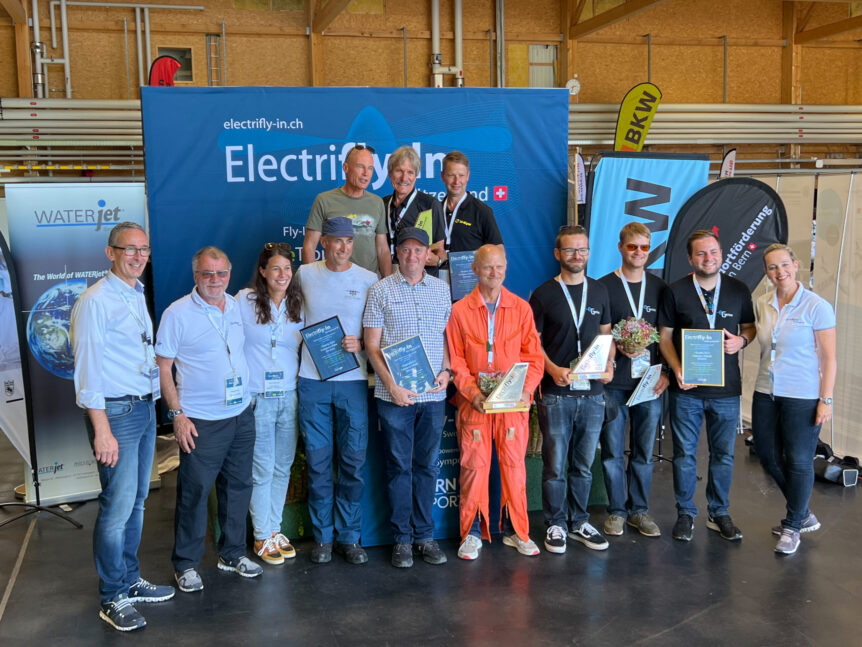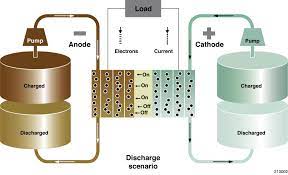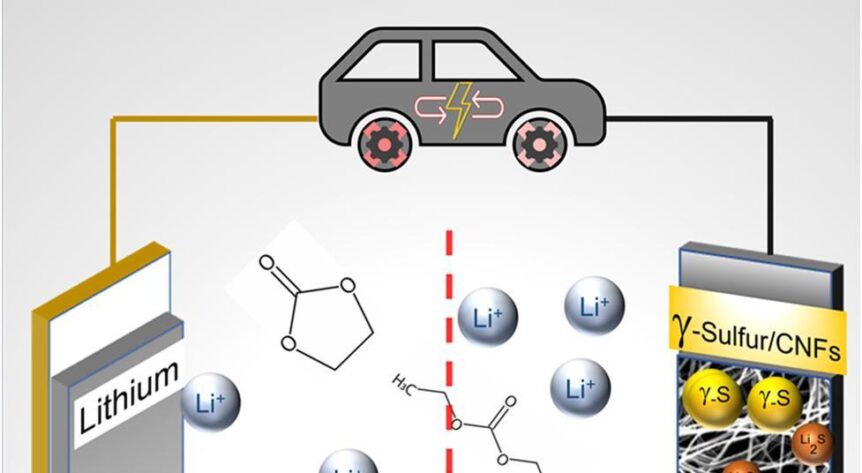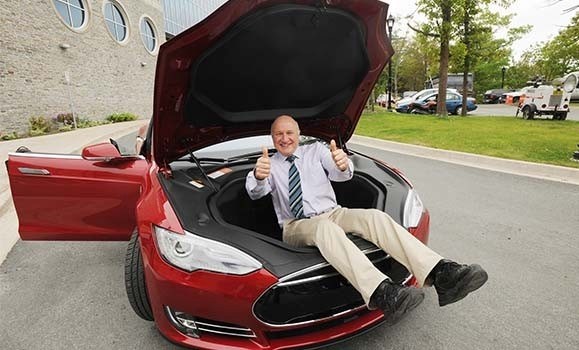Aura Aero, a French firm in the Occitanie region, maker of big and small electric aircraft, espouses eco-responsibility goals striving to contribute to the objective of reducing emissions by 55 percent in 2035 and reaching carbon neutrality in 2050. They aim to do this through reducing and eliminating carbon, choosing materials for their environmental consequences and lifecycles, and applying circular economy techniques for recycling. Aura proclaims, “We design our aircraft anticipating the impact of their use and their ability to be recycled. We take into account, from the start, the environmental impact that our aircraft will have throughout their lifecycle, in order to reduce it as much as possible.” The company has a reputation for the aerobatic two-seaters it hand makes, but is branching out into zero-emission alternatives and a larger, more complex machine. Integrale E Aura’s Integrale line of two-seat, side-by-side aerobatic craft will be joined with the Integrale E. The combustion-engine versions of the airplane are powered …
Ever Greater Range for Elektra Solar
A Second Win Having just come in a close second in a race against an electric car, Elektra Solar’s Trainer attained a Personal Best in range for a flight between Munich, Germany and Bern, Switzerland, a distance of 313 kilometers (194.5 miles). Calin Gologan noted the route from its home field in München Oberpfaffenhofen to Bern Airport) was highly symbolic, starting from the site where, “We founded the company (Elektra Solar) 10 years ago as a startup from the DLR Institute of Robotics and Mechatronics in Oberpfaffenhofen. We were now able to fly our aircraft purely electrically from the DLR location directly to the Electrifly-in location in Bern.” Pilot Uwe Nortmann flew in both outings, both extending the range achieved by this type of electric aircraft. As Calin points out on his Facebook page, “Last year we won this contest with a leg of about 190 km (118.1 miles). A huge progress in one year.” Looking forward to closing the …
1,000 Kilometers With an Electric Microlight
Your editor is publishing this multi-country adventure from Daniel Ramsier recounting of his 1,000 kilometer trip in an electric microlight, with some of his outstanding photographs. It’s a truly epic outing that shows ingenuity, great engineering, and a resolute spirit combined to show how much can be accomplished with a very small material involvement. The story highlights Paul MacCready’s advice to do more with much less. Regardless that it was leisurely journey, averaging 25 kilometers (15.5 miles) per day, it was still a test of Daniel’s hardihood and his craft’s reliability. Yes, it’s definitely possible to fly and travel “electric”. Taking off from Gruyère (LSGT) in Switzerland on July 15, I arrived in Kyjov in the Czech Republic in 40 days and 22 legs, invited by Marek Wolhard, a paraplegic 3-axis ultralight instructor pilot who had followed @handiflight around the world. My nano-trike was developed by Ales Hubacek of skyjam-aircraft.com in Zurich. Light and strong, made entirely of titanium, its very …
Cardboard Carriers in Peace and War
Recent news items herald the incredible return on investment the Ukrainian army is getting from its use of small cardboard aircraft. These literally boxy bombers are doing in Russian aircraft and possibly tanks with surprising capability. They may have had an initial inspiration in 2017. Everfly, Otherlab, and Star Simpson At the 2017 Sustainable Aviation Symposium in San Francisco, Star Simpson of Everfly, an affiliate of Otherlab, showed off a cardboard drone intended for humanitarian missions. Read about the craft, its many acronym-related affiliations, and its missions here. Ukrainians and Their Cardboard Air Force On a less humane, but equally important mission, an Australian version of the “pizza-box” technology is wreaking havoc on the Russian Air Force and even Russian tanks. The Sydney (Australia) Daily Herald reported on August 29, “Australian-made cardboard drones have been reportedly used to help bomb a Russian airfield as the Ukrainian military steps up its attacks on Russian territory.” According to the report, Sypaq drones …
Jekta’s Amphibious Commuter Liner
Jekta’s amphibious commuter liner made its debut at the Abu Dhabi Air Expo 2022. The 10-motor amphibious, 19-passsenger craft could become a familiar sight at coastal landings around the world based on initial interest. Deena Kamel, reporting for The National News, revealed PHA-ZE 100, short for Passenger Hydro Aircraft Zero Emissions, is now in its design stage, “with a prototype scheduled for 2026 before entry into market by 2028,” according to Jekta CEO George Alafinov. Intended to transport people in mega-cities and coastal areas “sustainably and affordably,” according to the article, the 19-passenger is a response to a “world population with an appetite to travel safely, cheaply and ecologically.” Mr. Alafinov makes the case for amphibious craft. “The solution is in front of us: Instead of building airports with devastating irreversible environmental impact, we can use nature’s gift of oceans, lakes and rivers to create an affordable transport system using amphibian aviation.” Further making his case, he added, “Today’s seaplane …
SABERS – Solid State Batteries Designed for Aircraft
SABERS (Solid-state Architecture Batteries for Enhanced Rechargeability and Safety) is NASA’s approach to making batteries lighter, safer, hold more energy, and (we hope) be ready soon for flight. In fact, SABERS batteries are intended specifically to meet the challenges of aircraft applications. NASA TV reports, “Instead of housing each battery cell inside its own steel casing, as liquid batteries do, all the cells in SABERS battery can be stacked vertically inside one casing. SABERS can do 500 Watt-hours per kilogram, double that of an electric car.” Rocco P. Viggiano, one of the program’s researchers, explains, “Not only does this design eliminate 30 to 40 percent of the battery’s weight, it allows us to double or even triple the energy it can store, far exceeding the capabilities of lithium-ion batteries that are considered state of the art.” NASA points out, “Unlike liquid batteries, solid-state batteries do not catch fire when they malfunction and can still operate when damaged, making them attractive …
Electrifly-In Bern 2022 – The Year of the Hybrid
Electrifly-In Bern 2022 is a new location after five years at Grenchen, Switzerland. The Electrifly-In moved about 25 miles down the road to Bern’s bigger airport. Started by the designers of the SmartFlyer, an innovative hybrid touring craft, the event was originally called the SmartFlyer Challenge. Organizers have the serious intent of saving aviation from the “shame” that has come to accompany flight itself. “Aviation is pilloried by the public. Flying is seen as the main problem of the climate catastrophe and everyone who books a flight should have a guilty conscience and is labeled as a climate sinner. The social and political pressure to phase out combustion technology is steadily increasing worldwide. So the question is no longer if, but when electrically powered aircraft will become the norm.” This year, the fly-in offered the public several defenses against sin and shame. Beginning with the original namesake, the Smartflyer SFX1 was on display in the hangar, its carbon-fiber blackness showing …
Influit Going Commercial
Influit Energy, a spinoff from Illinois Institute of Technology, is going commercial in a big way. They claim to have developed a “rechargeable electrofuel – a non-flammable, fast-refueling liquid flow battery that already carries 23 percent more energy than lithium batteries, at half the cost.” Reporting by Loz Blain in New Atlas.com notes the company plans “to commercialize its ultra-high density liquid batteries.” The firm’s “nanoelectrofuel,” a motor-oil consistency liquid, would refuel a vehicle with a special four-point nozzle. The process would allow users to be on the road or in the air in a few minutes, rather than a few hours as with batteries. Like a battery, the liquid comes with a positive and negative component – two liquids – an anolyte and a catholyte instead of a more solid anode and cathode. The system requires four tanks – one each for incoming positive and negative liquids and one each for spent liquids that return to the supply source …
Drexel’s Accidental Sulfur Battery Discovery
Chained to Supplies? A sulfur battery uses an abundant, energy-dense material not subject to the limitations of many supply chains like those for lithium, cobalt, and nickel – all necessary for batteries as they are now constructed. William Lockett, writing for freethink.com, highlights the potential magnitude of a discovery by Drexel University researchers. “Every now and then, revolutionary technology seems to spontaneously appear out of thin air and change our world. Dynamite, penicillin, X-ray machines, and even microwaves are all examples of such revolutionary accidental discoveries. “Well, this year we may have had yet another. However, this time it is set not only to revolutionize the way we live, but potentially save our planet from looming climate change by unlocking an elusive technology: lithium-sulfur batteries.” Drexel’s Accidental Discovery Drexel University may have come up an answer to that need, even big enough to justify Lockett’s enthusiasm. Vibha Kalra, PhD. leads the school’s Department of Chemical and Biological Engineering, and reports …
Lifetime Batteries?
What if your new electric car came with a steel-clad warranty on its lifetime batteries? Your editor’s father would have asked, “Whose lifetime?” but researchers at Dalhousie University suggest that might become a reality. lIn a paper in the Journal of The Electrochemical Society, “Li[Ni0.5Mn0.3Co0.2]O2 as a Superior Alternative to LiFePO4 for Long-Lived Low Voltage Li-Ion Cells,” Jeff Dahn’s research team explains a different approach to battery longevity. The chemistry is similar to that used in millions of cells, but lowers the amount of carbon to operate at 3.8 Volts rather than 4.2 Volts. These lower output cells, “Have an energy density that exceeds that of the LFP cells and a cycle-life that greatly exceeds that of the LFP cells at 40 °C, 55 °C and 70 °C. Excellent lifetime at high temperature is demonstrated with electrolytes that contain lithium bis(fluorosulfonyl)imide (LiFSI) salt, well beyond those provided by conventional LiPF6 electrolytes.” NMC532 refers to the ratios of nickel, manganese, and …

